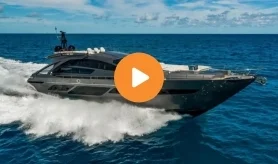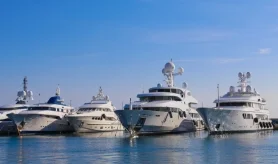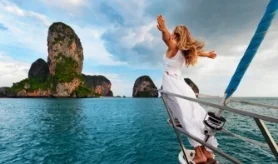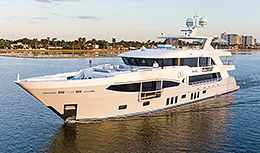- Alaskan Yachts
- Azimut Yachts
- Back Cove Yachts
- Beneteau Yachts
- Benetti Superyachts
- Bertram Yachts
- Boston Whaler
- Broward Yachts
- Buddy Davis Sportfish
- Burger Yachts
- Cabo Yachts
- Catamarans
- Carver Motoryachts
- Center Console
- Chris-Craft Yachts
- Cruisers Yachts
- DeFever Trawlers
- Dufour Sailboats
- Fairline Yachts
- Feadship Yachts
- Ferretti Yachts
- Formula Yachts
- Fountaine Pajot Cats
- Grady-White
- Grand Banks Trawlers
- Hargrave Yachts
- Hatteras Yachts
- Hinckley Picnic Boats
- Horizon Yachts
- Hydra-Sports
- Intrepid Boats
- Jarrett Bay Sportfish
- Jeanneau Yachts
- Kadey-Krogen Trawlers
- Lazzara Yachts
- Lekker Boats
- Luhrs Sportfish
- Marlow Yachts
- Maritimo Yachts
- Marquis Yachts
- McKinna Motoryachts
- Meridian Yachts
- Midnight Express
- MJM Yachts
- Mochi Craft
- Neptunus Motoryachts
- Nordhavn Trawlers
- Nordic Tugs
- Numarine Yachts
- Ocean Alexander Yachts
- Offshore Yachts
- Outer Reef
- Oyster Sailing Yachts
- Pacific Mariner Yachts
- Palmer Johnson Yachts
St. Lucia: The “Helen” of the West Indies
December 27, 2017 2:58 pm
If you are tired of endless white sand beaches, crystal clear waters and scattered palm trees, you might want to look at St. Lucia. As soon as you land, you will realize that you are not on a standard Caribbean Island. With a tropical forest and mountainous landscape, St. Lucia is a world apart from the rest of the Caribbean.
The island in the Lesser Antilles is known as the “Helen” of the West Indies thanks to its beauty and the fight it created between the French and British over the centuries. Today, the locals still have a strong French influence and speak Creole, a language mostly found in the French Caribbean, Martinique, and Guadeloupe. Most places have names rooted in French such as the famous Grand and Petit Piton, Anse Cochon or La Soufrière.
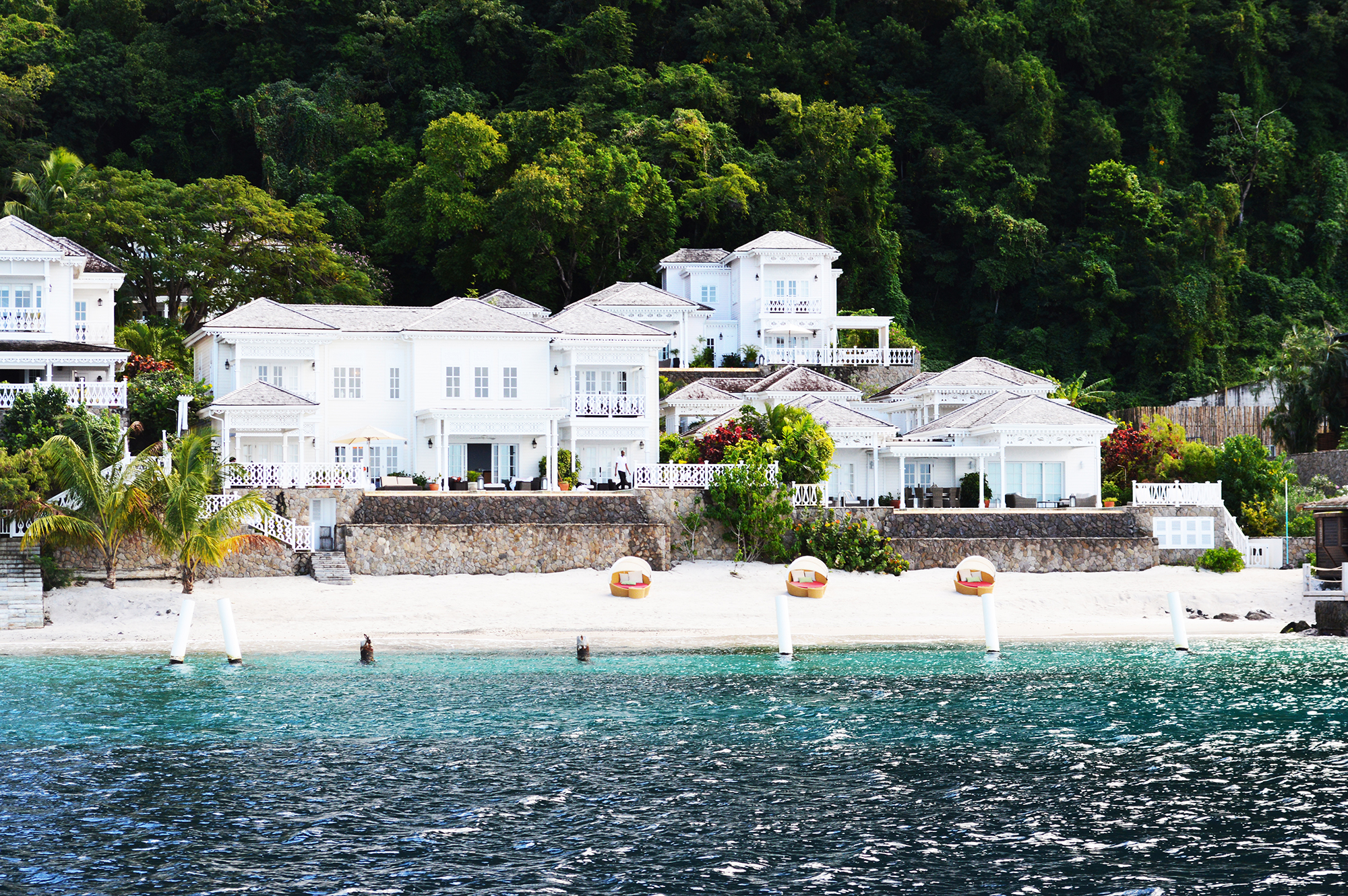 Plantation Beach – nested between the two Pitons
Plantation Beach – nested between the two Pitons
It is the Pitons that make St. Lucia so unique in the Caribbean. They soar to over 1,800 feet high, making St. Lucia one of the highest islands in the Caribbean. To truly appreciate them, a helicopter tour of the island would be the perfect introduction to your trip.
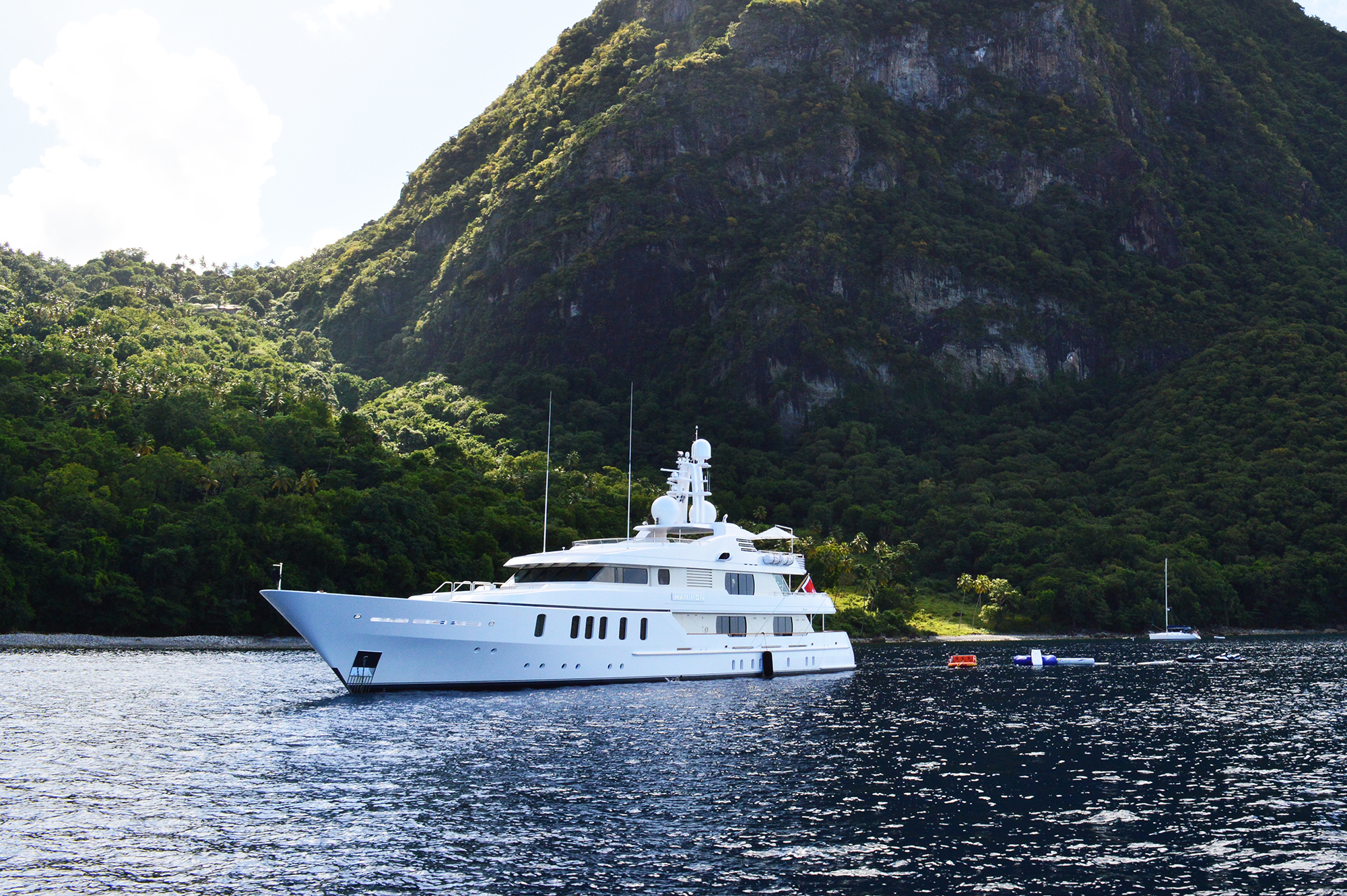 Hanikon anchored just off the Grand Piton
Hanikon anchored just off the Grand Piton
The heights also create a unique microclimate. St. Lucia is characterized by a tropical climate, with daily rains spanning 5 or 10 minutes. Not even 10 minutes later, it is impossible to tell that it rained thanks to the constant heat from the sub-equatorial sun.
The rains of St. Lucia have granted the island a gorgeous tropical forest covering the entire territory, reminiscent of a Jurassic forest. The natural wonders of St. Lucia do not stop on land however, they are also found underwater.
Diving in St. Lucia is highlighted by the concentration of shoals of smaller fishes, often scattered by the arrival of a crevalle jack, the yellow sponges, and small corals. The wreck of the Lesleen M can be found in Anse Cochon. Lying at 50 feet, the 160-foot cargo ship is the home of lobsters, moray eels, and reef fish.
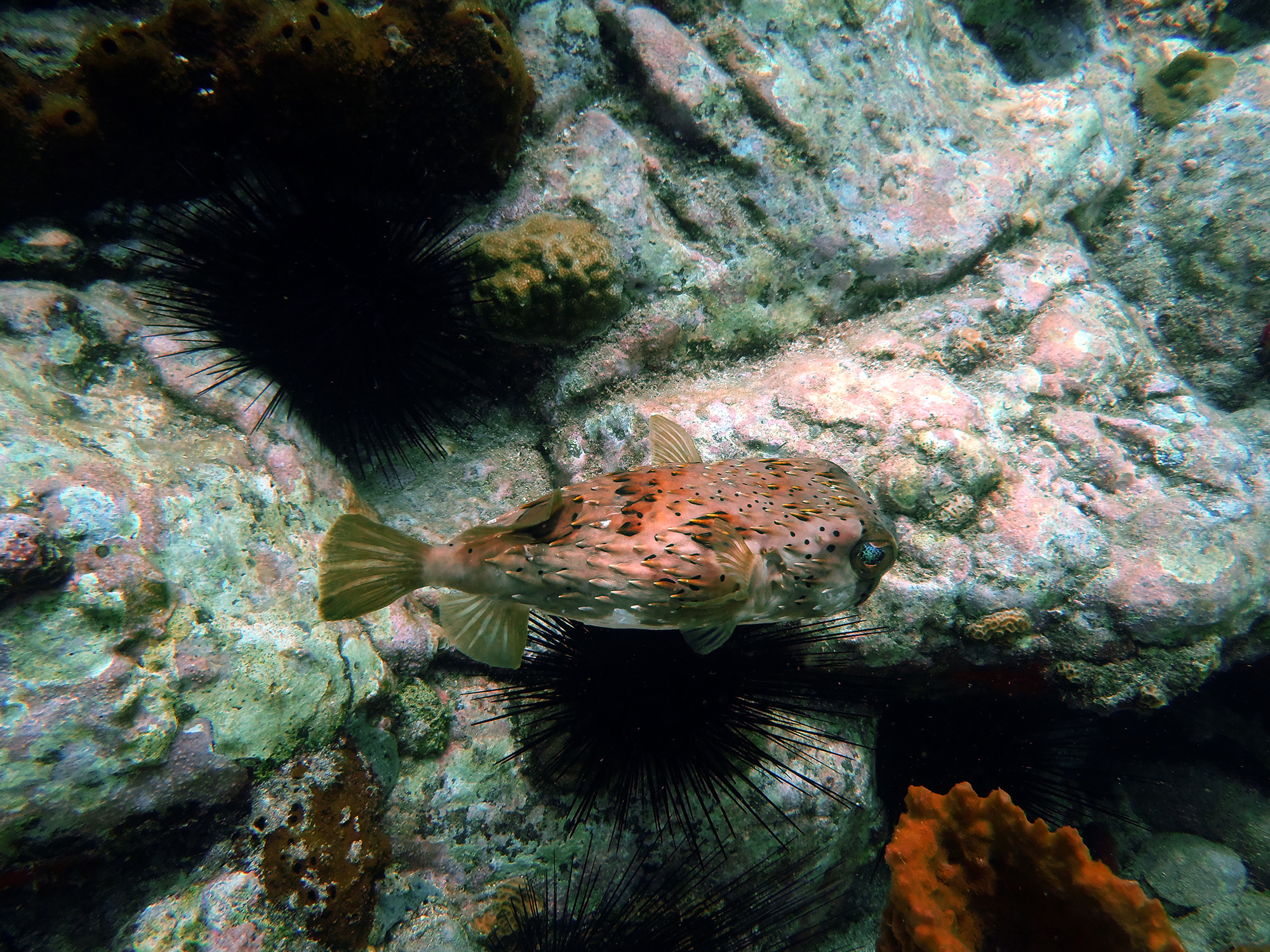 A diodon in Anse Cochon
A diodon in Anse Cochon
Most of the cruising in St. Lucia will be on the western side of the island, as the eastern side is too exposed to the elements. You will find a very calm and protected anchorage just off Plantation Beach, right between the two Pitons, surrounded only by beauty. Within a short tender ride, you will access Sugar Beach, a Viceroy resort offering a bar and lounge with professional “rummelier.”
If you anchor a little north, just between La Soufrière and the Petit Piton, you will find an exceptional snorkeling site. Close to shore at only 6 or 7 feet deep, the corals start to grow, and if you are a bit more adventurous, at a depth of 30’ you will find a larger structure of corals, surrounded by reef fish, moray eels, diodon and bony fish.
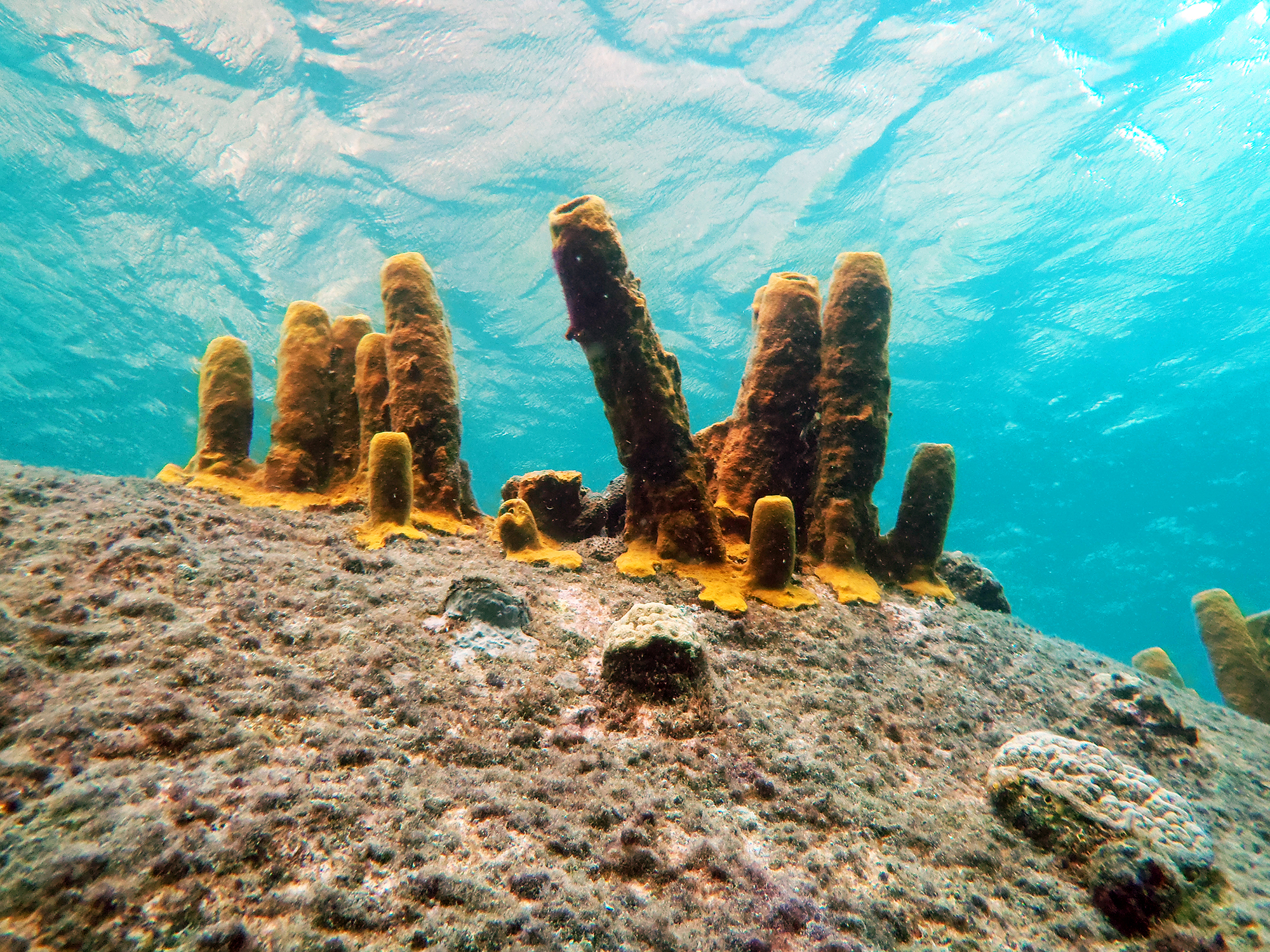 Underwater in St. Lucia
Underwater in St. Lucia
Exploring the smaller towns of St. Lucia is also a must do. While the main towns, Castries & La Soufrière, are populated by tourists and the vices they usually bring, some smaller fishing villages are still unspoiled by tourism. That is where a true St. Lucian experience can be found. While safety can be a concern, one going discreetly should not encounter any issues in these fishing villages.
Canaries, located between the superyacht marina of Marigot Bay and La Soufrière, is one of these. While perusing in the colorful streets you will most certainly be touched by the simplicity the inhabitants of St. Lucia live in. On the town’s beach, the sunchairs give way to traditional fishing boats.
 Canaries, a traditional fishing village
Canaries, a traditional fishing village
Your time in St. Lucia will be filled with great memories – from diving to exploring the rainforests, this small island is full of wonders. If you are not tired after all that, then heading to the Grenadines for a more traditional Caribbean experience is a must do!
- Canaries
- North of the Petit Piton
- Canaries Bay
- The Grand Piton
- The fish market of Vieux Fort
- Marigot Bay
- Coral in St. Lucia
To find out more about yachting in St. Lucia, contact our charter brokers:
